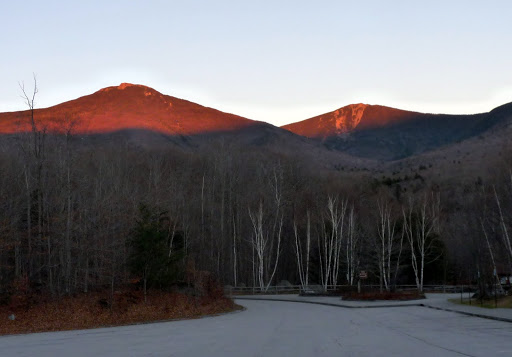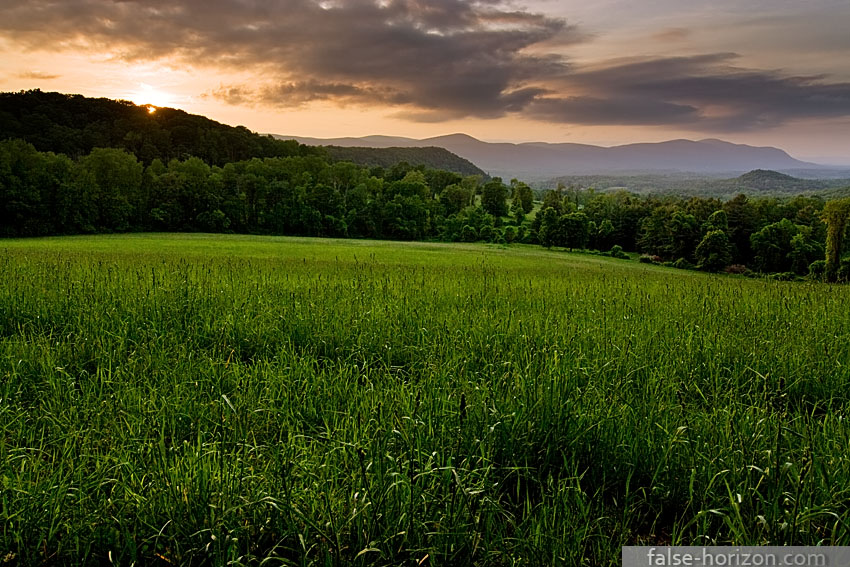Yesterday I took this picture with lots of contrast between sky, sunny part of mountain and shade:

It obviously got me thinking of HDR, especially since my Gorillapod has just arrived.
My camera can auto-bracket up to +/- 1 EV, or I can manually set Exposure Compensation as high as +/- 2 EV. Should I use the simpler auto bracket, or the bigger range by adjusting manually?
I have not yet read much, at this stage I am not sure whether there is any advantage in shooting in RAW as opposed to JPEG?
Software -- Photomatix seems widely recommended, and the Light version is quite cheap. Any comments on Light vs Pro? Any other suggestions?

It obviously got me thinking of HDR, especially since my Gorillapod has just arrived.
My camera can auto-bracket up to +/- 1 EV, or I can manually set Exposure Compensation as high as +/- 2 EV. Should I use the simpler auto bracket, or the bigger range by adjusting manually?
I have not yet read much, at this stage I am not sure whether there is any advantage in shooting in RAW as opposed to JPEG?
Software -- Photomatix seems widely recommended, and the Light version is quite cheap. Any comments on Light vs Pro? Any other suggestions?


